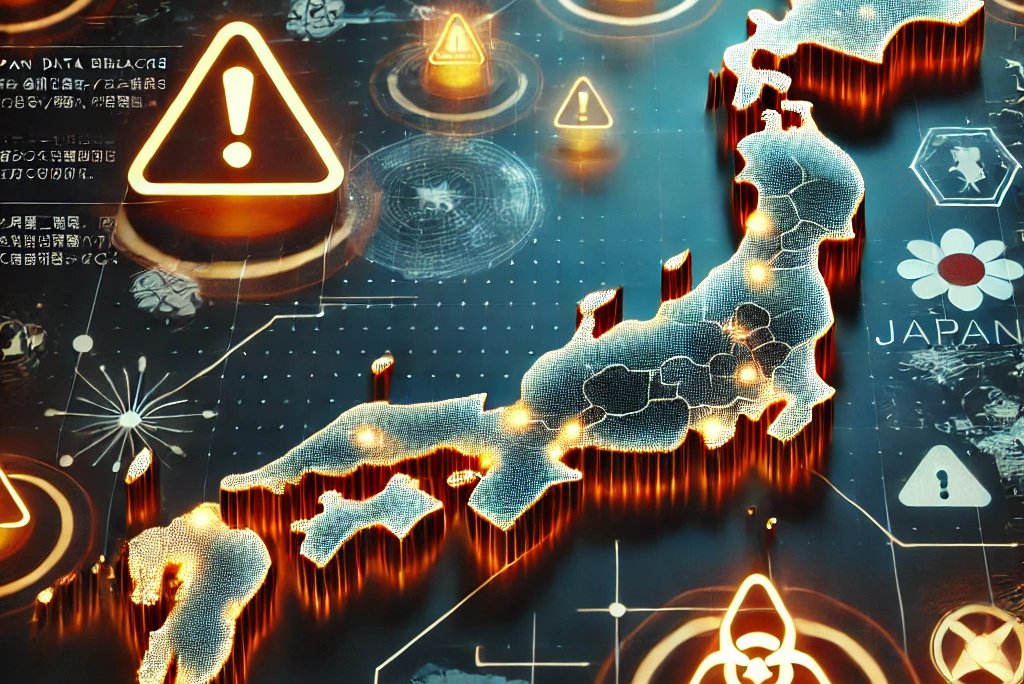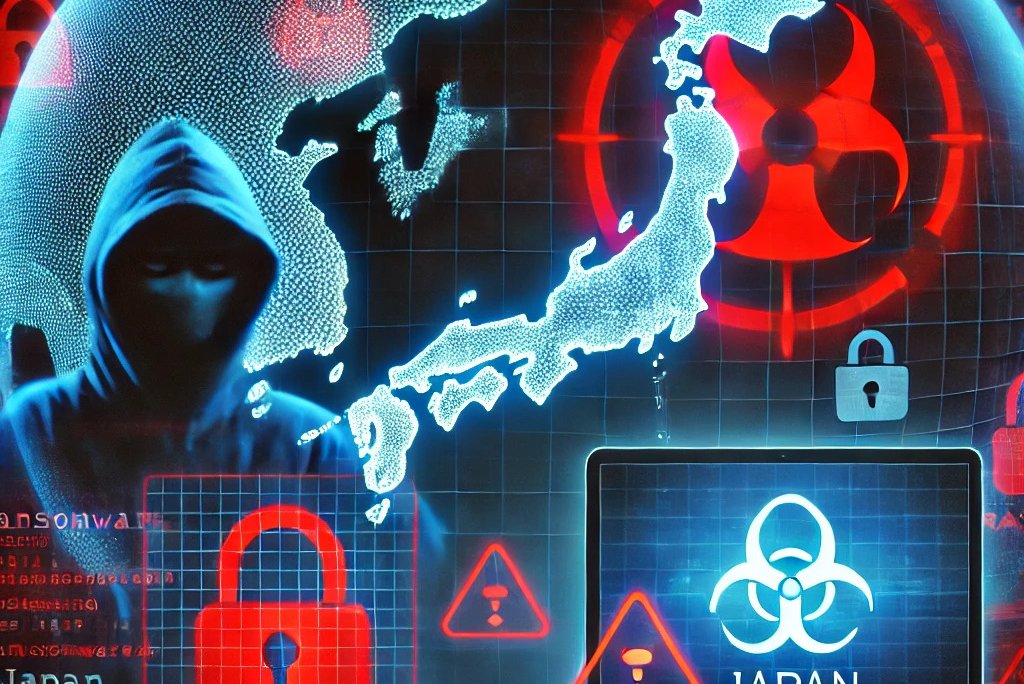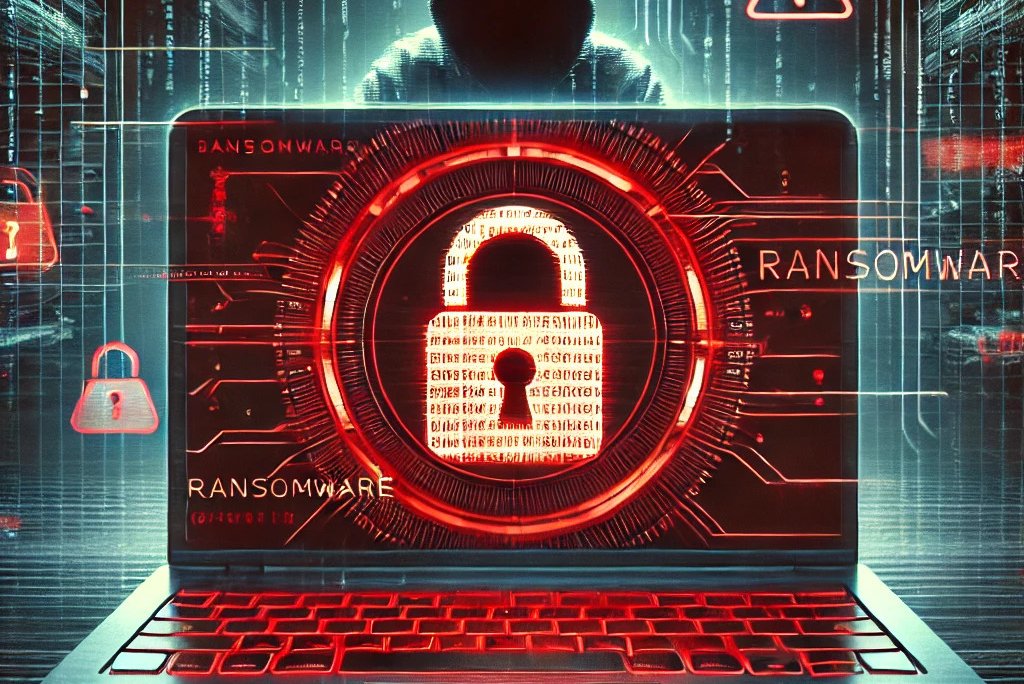ISEKI Hokkaido Ransomware Scare: 53.6K Personal Records at Risk in Cyber Attack
March 9, 2025
In November 2024, ISEKI Japan Hokkaido Company suffered a ransomware attack potentially exposing up to 53,600 personal records. Learn about the breach, the suspected data, and the measures being taken to secure your information.
Summary
- A ransomware attack was confirmed on November 27, affecting some servers.
- Immediate isolation and official reporting to authorities were executed.
- External security experts found no clear evidence of data leakage.
- However, a partial data breach cannot be entirely ruled out.
- Approximately 53,600 customer and 2,100 employee-related records are at risk.
- Incident
- Result
- MITRE ATT&CK Analysis
- Disclosure Timeline
- Reference
Table of Contents

Incident
In November 2024, ISEKI Japan Hokkaido Company (formerly Iseki Hokkaido), a member of the Iseki Agricultural Equipment Group, experienced a ransomware attack that may have compromised up to 53,600 personal information records.
Incident Overview
On November 27, 2024, the company’s servers were encrypted by ransomware. In response, the affected servers were immediately disconnected from the network. The incident was promptly reported to the Personal Information Protection Commission and local law enforcement. A collaborative investigation with external security experts is currently underway to determine if any data was leaked and to assess the full impact of the attack.
Details of Potentially Compromised Information
Customer and Related Party Data:
- Approximately 53,600 records, including names, addresses, telephone numbers, and transaction details.
Employee, Former Employee, and Family Data:
- Around 2,100 records containing names, addresses, dates of birth, telephone numbers, account details, personnel information, and copies of submitted ID cards.
Although the investigation has not yet found definitive evidence of data being exfiltrated externally, the possibility of some information being leaked cannot be ruled out.
Causes and Preventative Measures
Preliminary findings indicate that the breach was caused by a ransomware attack executed by a third party. ISEKI Japan Hokkaido Company is actively working with external cybersecurity experts to determine whether any data has been compromised outside the company. In addition, the company is reinforcing its security protocols to identify the root cause of the attack and to prevent future incidents.
Secondary Damage
At this stage, there is no indication of secondary damage, such as unauthorized use of the data. Nonetheless, the company advises customers to remain vigilant and report any suspicious communications.
Summary
This ransomware incident underscores the critical importance of robust corporate cybersecurity measures. ISEKI Japan Hokkaido Company is taking decisive action by strengthening its security infrastructure and enhancing employee training on cyber threats to minimize the risk of future attacks.
Result
No ransom paid, but sensitive data is now a global liability.
Note: This is not a win. While no ransom was paid, the data has still been leaked, posing a direct risk to global supply chains. Internationally, data exposure is often more damaging than the ransom itself, yet Japanese companies fail to recognize this. Worse, many organizations attempt to downplay or obscure the extent of their breaches, rather than addressing the core issue. Japan must recognize this failure.
MITRE ATT&CK Analysis
| Tactic | Technique (Example) | Description | Evidence/Considerations in the ISEKI Hokkaido Case | ||
|---|---|---|---|---|---|
| Initial Access | T1566 (Phishing) or T1190 (Exploitation of Public-Facing Application) | Attackers may try to gain access by exploiting vulnerabilities or sending malicious emails with infected attachments. | The announcements do not specify the initial access vector; the ransomware attack was noted as being executed by a third party. Possibilities include phishing or exploitation. | ||
| Execution | T1059 (Command and Scripting Interpreter) | Ransomware payloads are often executed using scripts, such as PowerShell. | The affected servers were automatically encrypted, suggesting that payload execution via scripting may have been involved, though exact methods are unclear. | ||
| Persistence | (Not clearly applicable) | Typically, attackers install mechanisms to maintain long-term access. | Affected servers were isolated immediately upon discovery, leaving little opportunity for the attackers to establish long-term persistence. | ||
| Privilege Escalation | T1068 (Exploitation for Privilege Escalation) | Attackers might exploit vulnerabilities to gain higher privileges, such as system administrator rights. | There is no specific evidence of privilege escalation; it is possible that the attackers operated with minimal privileges sufficient for executing the ransomware. | ||
| Defense Evasion | T1562 (Disable or Modify Tools) | Attackers often disable security software or alter logs to avoid detection. | Although specific evasion techniques are not detailed, the rapid encryption and internal investigation suggest that security measures were bypassed or disabled. | ||
| Credential Access | (Not clearly applicable) | Attackers might attempt to steal credentials to move laterally or escalate privileges. | No direct evidence of credential theft or misuse was disclosed in the announcements. | ||
| Discovery | T1083 (File and Directory Discovery) | Attackers search for valuable files and directories to target for encryption or exfiltration. | The encryption of multiple servers suggests that attackers conducted internal discovery to determine critical files for encryption. | ||
| Lateral Movement | T1021 (Remote Services, e.g., RDP) | Attackers move laterally within the network to compromise additional systems. | The fact that multiple servers were affected implies that lateral movement may have been employed, although specific protocols or methods were not detailed. | ||
| Collection | T1560 (Archive Collected Data) | Attackers collect and compress targeted data (such as personal records) in preparation for exfiltration. | Announcements mention that up to approximately 53,600 customer records and 2,100 employee-related records may be at risk, indicating data collection efforts. | ||
| Exfiltration | T1041 (Exfiltration Over C2 Channel) | Collected data is transferred to external servers via command-and-control channels. | Although investigations reported no clear evidence of data exfiltration, the risk of partial data leakage cannot be completely ruled out. | ||
| Impact | T1486 (Data Encrypted for Impact) | Ransomware encrypts systems and data to disrupt operations and demand ransom. | The announcements confirm that affected servers were encrypted, leading to significant business disruption. | ||









